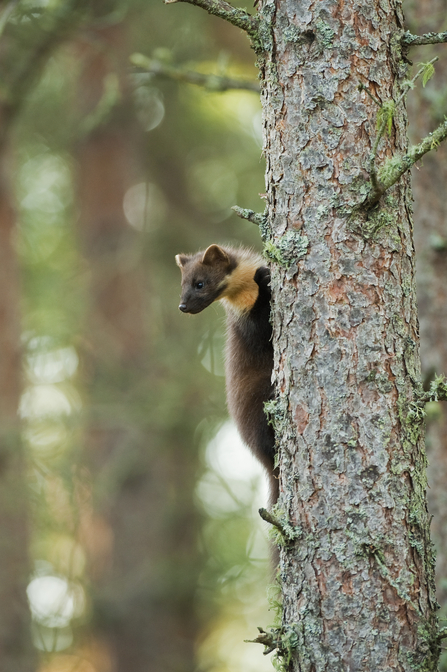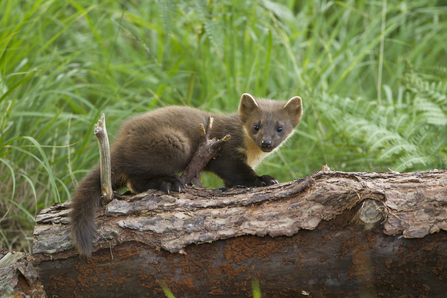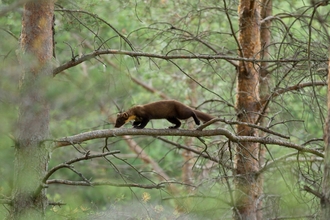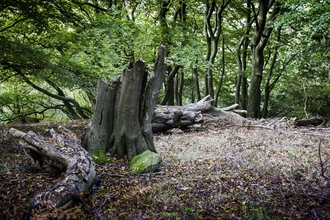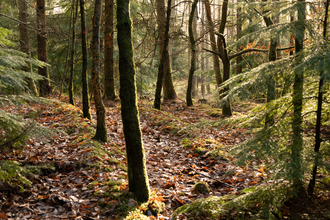Like other mustelids, for martens this call of nature is about more than just relief. Pine marten poo, or scats as we call them, are a useful way of letting other martens know they’re around, that this patch is theirs, and that you should keep away. With that in mind, martens are tactical in where they choose to leave their mark.
For the smelly signal to carry far and wide, pine martens often select raised points on rocks or logs. This is quite convenient for our survey team, as these conspicuous calling cards can be relatively easy to find. At this time of year, our volunteers are heading out to do just that, walking forest tracks in search of some fresh scats. These surveys are important to help us establish where the martens are now.


